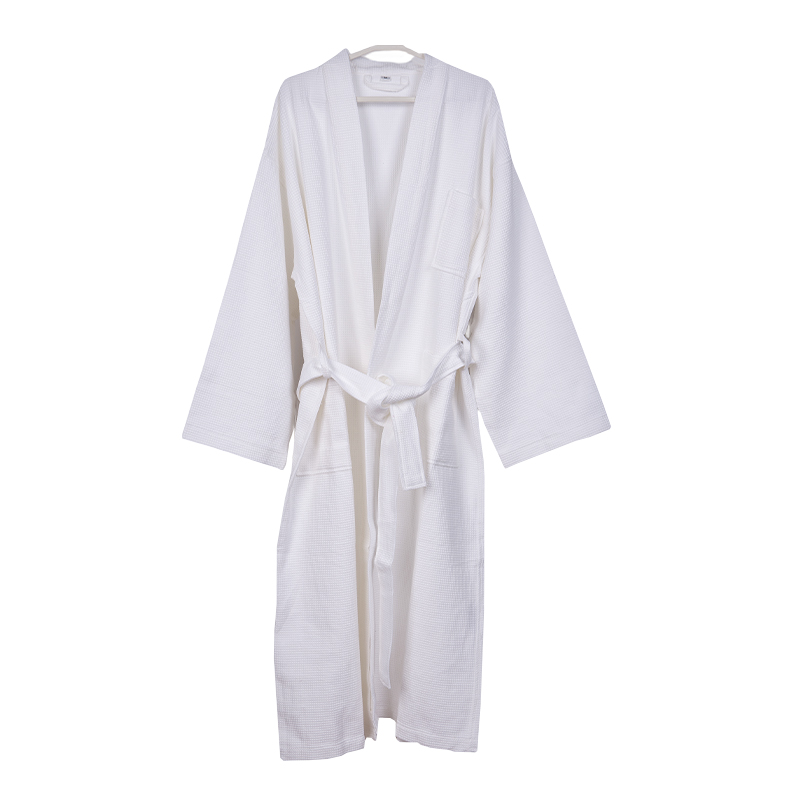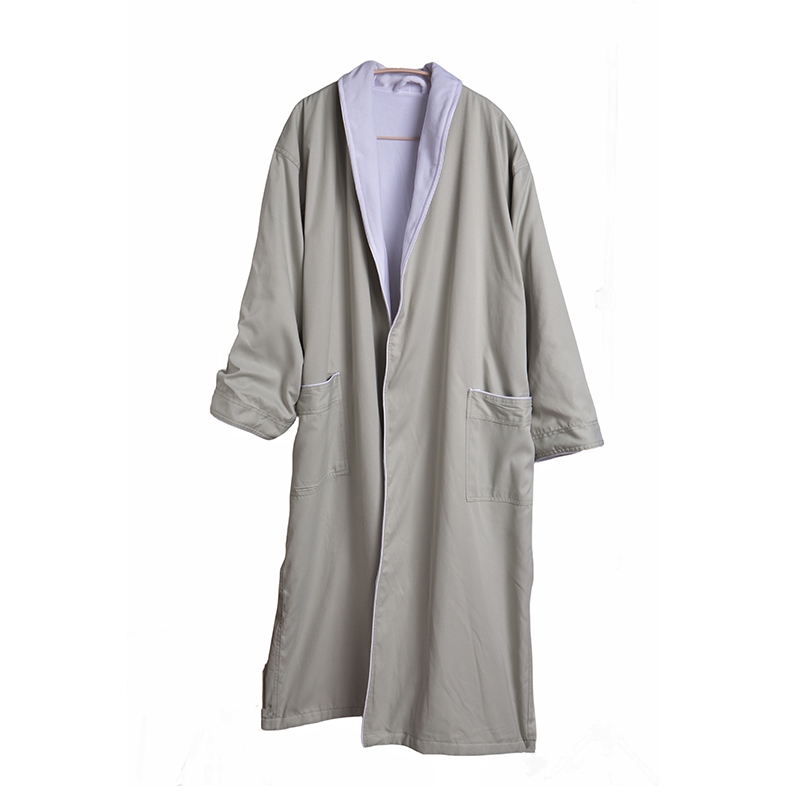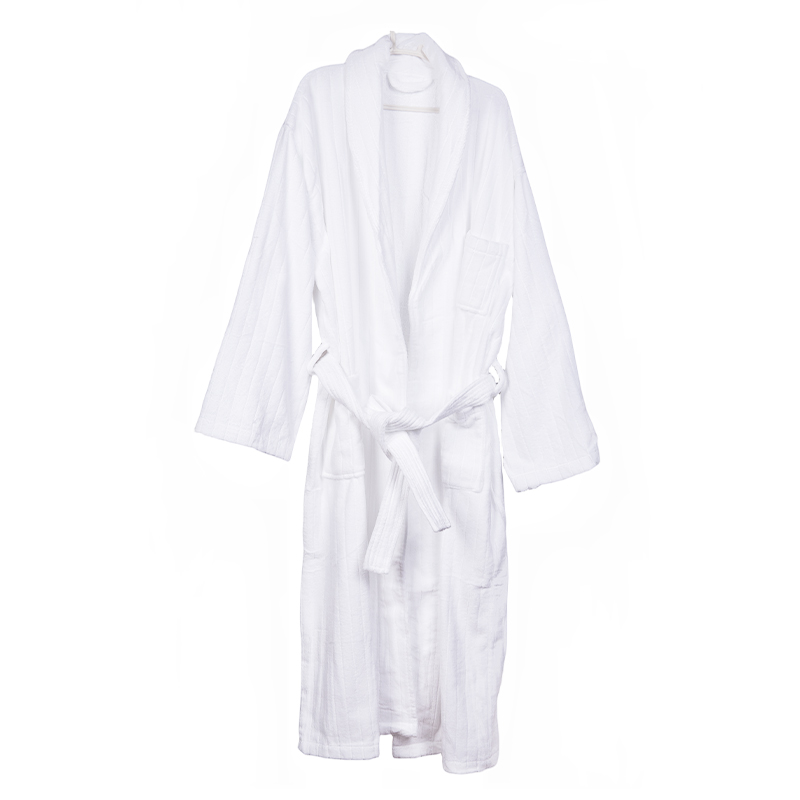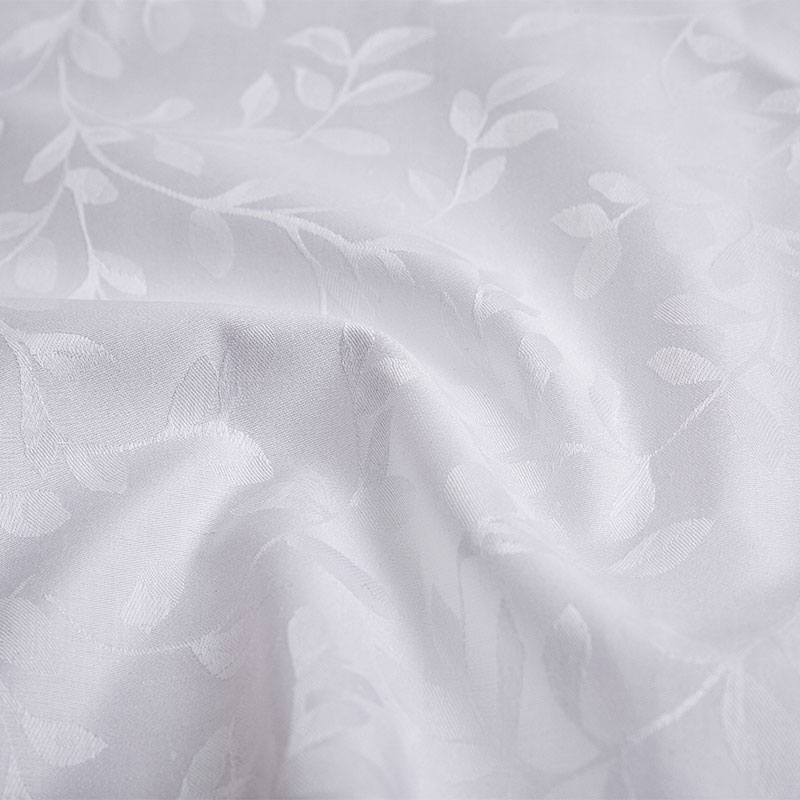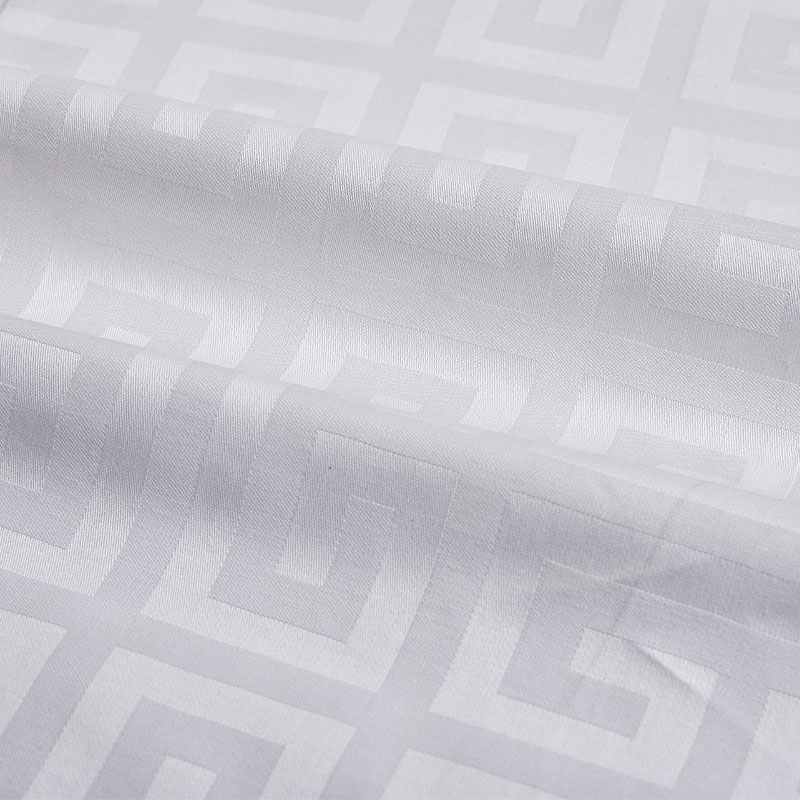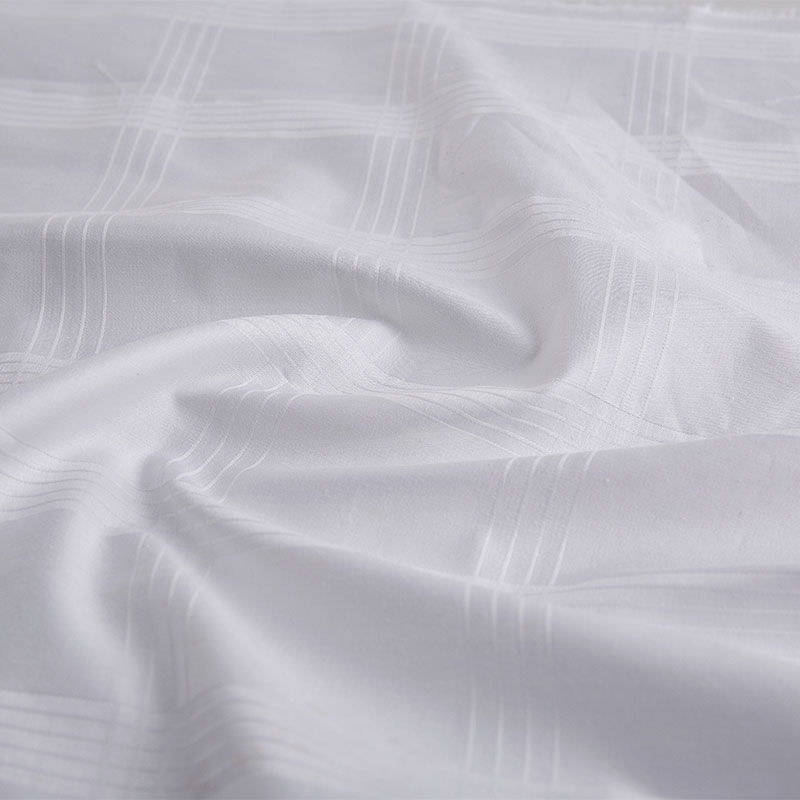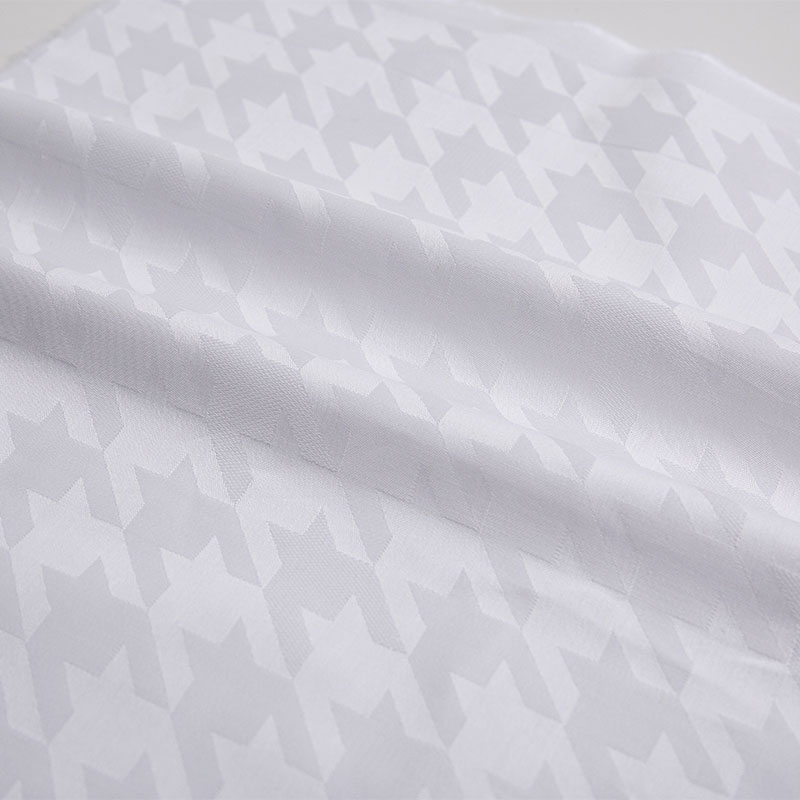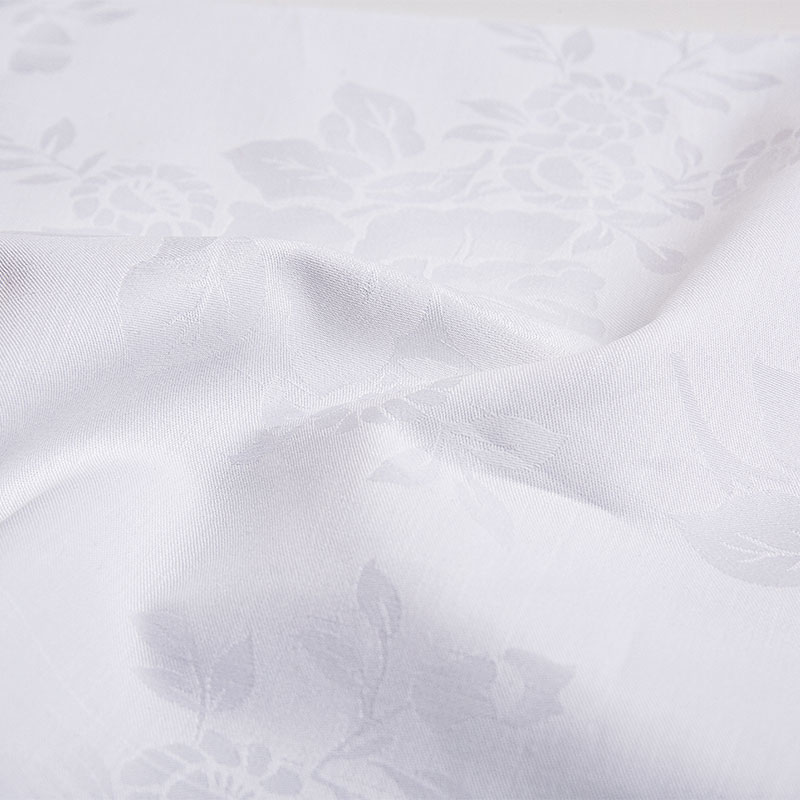Content
- 1 1. Sleep advantages provided by pure cotton sheets
- 1.0.0.1 Temperature regulation: maintaining the balance of the sleep microenvironment
- 1.0.0.2 Comfortable touch: reduce nerve sensitivity
- 1.0.0.3 Health protection: reduce allergies and inflammatory reactions
- 1.0.0.4 Noise control: creating a quiet sleeping environment
- 1.0.0.5 Long-term sleep benefits: scientific data verification
- 2 2. How to choose a genuine high-quality pure cotton bed sheet?
- 3 3. Scientific cleaning guide for pure cotton sheets
1. Sleep advantages provided by pure cotton sheets
Temperature regulation: maintaining the balance of the sleep microenvironment
Moisture absorption and breathability
Pure cotton fibers have natural hygroscopicity, which can absorb the sweat discharged by the human body at night (about 200-300ml) and evaporate quickly to keep the skin dry. Studies have shown that when the humidity of the sleep microenvironment is too high, people will be easily awakened by the feeling of stuffiness, and the breathability of pure cotton can reduce this interference.
Comparison with synthetic materials
Synthetic fibers such as polyester have poor hygroscopicity, and sweat retention can easily lead to a sticky feeling, triggering frequent turning over and interrupting the deep sleep cycle. The breathable structure of pure cotton can balance body temperature, avoid overheating or overcooling, and meet the needs of the human body's circadian rhythm.
Comfortable touch: reduce nerve sensitivity
Natural softness
The surface of pure cotton fibers is smooth, and the friction coefficient is low when in contact with the skin, which reduces unconscious turning over at night due to itching or static electricity. Experiments show that bedding with high tactile comfort can shorten the time to fall asleep by about 15 minutes.
Neurological mechanism
The soft touch of pure cotton transmits relaxation signals to the brain through the skin nerve endings, inhibiting the secretion of stress hormones (such as cortisol) and promoting the release of melatonin. Swedish research has confirmed that a comfortable bed environment can increase the secretion of melatonin and prolong the duration of deep sleep.
Health protection: reduce allergies and inflammatory reactions
Antibacterial and anti-mite properties
Pure cotton fibers are not conducive to the growth of mites and bacteria (compared with synthetic fibers, the bacterial residual rate is 60% lower), which can reduce the risk of allergies. Dust mite excrement is a common allergen, which can easily cause nasal congestion or skin itching, leading to nighttime awakening.
Chemical safety
Pure cotton does not contain industrial additives such as formaldehyde, avoiding skin redness or respiratory discomfort caused by chemical stimulation, especially suitable for sensitive skin and children.
Noise control: creating a quiet sleeping environment
Natural noise reduction effect
The "rustling" sound frequency generated by the friction of pure cotton fibers is stable at 20-40 decibels, similar to white noise, which can cover up sudden noises (such as car sounds outside the window) and reduce the probability of waking up.
Long-term sleep benefits: scientific data verification
Improved sleep efficiency: People who use pure cotton sheets have an average increase of 12% in sleep efficiency (actual sleep time/bed time), which is equivalent to 50-70 minutes more sleep per night.
Insomnia improvement: In a control experiment, users of pure cotton materials shortened their sleep time by 35% and reduced the number of awakenings at night.

2. How to choose a genuine high-quality pure cotton bed sheet?
First look at the thread count: the higher the better
What is thread count?
The thread count refers to the total number of warp and weft yarns per square inch (such as 200TC = 200 yarns/square inch). But please note:
40-60 count: cost-effective, suitable for daily use (breathable and durable).
80-100 count: commonly used in high-end hotels, silky touch but expensive.
120 count and above: chemical fibers (such as polyester) may be added to increase the number, but the actual comfort level will decrease.
The process determines the lifespan: these details hide the mystery
Textile process
Combed cotton: remove short fibers, smoother and more durable (recommended choice).
Combed cotton: contains more impurities and is prone to pilling.
Weaving method
|
Type |
Features |
Suitable for people |
|
plain weave |
Breathable and light, suitable for summer |
People who are afraid of heat |
|
Twill |
Soft and wear-resistant, suitable for all seasons |
Daily use at home |
|
Satin |
Silky and shiny, easy to get smeared |
Pursue a sense of luxury |
3. Scientific cleaning guide for pure cotton sheets
Ø Preparation before cleaning
Classification and processing
First time washing of new sheets: hand wash in cold water separately (to avoid staining other clothes with floating colors).
Daily washing: sort by color (dark/light colors separately) to avoid color mixing.
Recommendation on washing frequency
Normal use: wash once every 1-2 weeks.
Summer/those who sweat easily: wash weekly to prevent sweat from corroding the fibers.
Ø Hand washing vs machine washing: which is better?
|
Method |
Advantages |
Disadvantages |
Applicable scenarios |
|
Hand wash |
Protects fibers and reduces shrinkage |
Laborious, difficult to clean thoroughly |
First wash of new sheets/high-end products |
|
Machine wash |
Labor-saving, strong cleaning power |
May snag or tangle |
Daily washing (pay attention to settings) |
Correct operation of machine washing:
Put in a laundry bag: prevent pilling due to friction with other clothes.
Select gentle mode: speed ≤600 rpm.
Avoid overloading: leave 1/3 of the washing machine space to allow the sheets to tumble fully.
Ø Water temperature and detergent selection
Water temperature control
The best water temperature: cold water or warm water below 30℃ (high temperature can easily cause shrinkage and fading).
Stubborn stains: can be pre-treated locally with warm water below 40℃.
Detergent recommendation
Neutral laundry detergent: pH value 5-8 (such as wool laundry detergent), avoid alkaline damage to fibers.
Natural soap powder: milder than laundry detergent, reducing residue.
Prohibited products: containing bleach/softener (destroy cotton fiber structure), strong decontamination powder (accelerate fabric aging)
Ø Drying and drying tips
Natural drying
Avoid exposure to the sun: ultraviolet rays will make cotton fibers brittle, choose a ventilated and cool place.
Drying on the reverse side: prevent fading due to direct exposure to the sun on the front side.
Shake flat before hanging: prevent wrinkles from solidifying and reduce the need for ironing.
Dryer use
Low temperature drying: temperature ≤ 60℃, time ≤ 30 minutes (high temperature will cause severe shrinkage).
Add tennis balls: help beat the sheets and maintain fluffiness.
Ø Storage precautions
Dry thoroughly: damp storage is prone to mold growth.
Fold and store: avoid hanging to prevent deformation.
Anti-insect and moisture-proof: put camphor wood strips or dehumidification bags in the wardrobe, do not use naphthalene balls (damages fibers).

 EN
EN English
English русский
русский Español
Español عربى
عربى
 Online Message
Online Message


